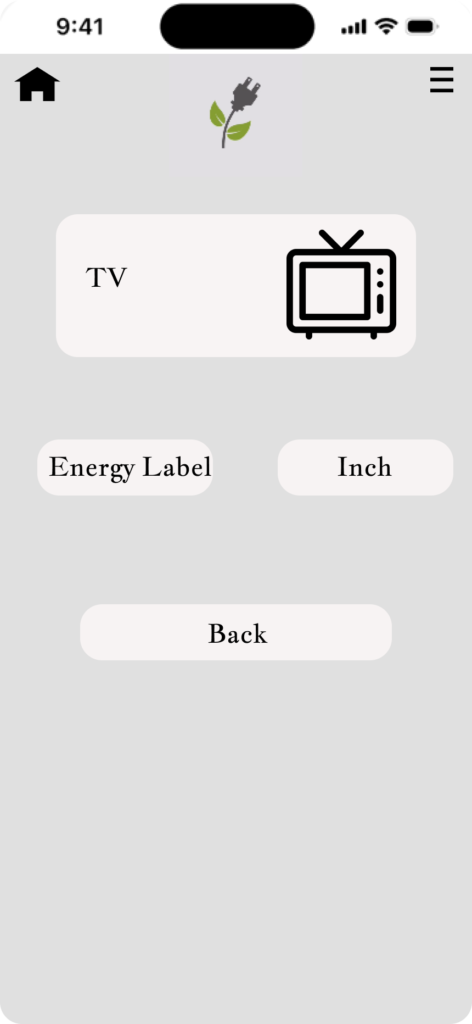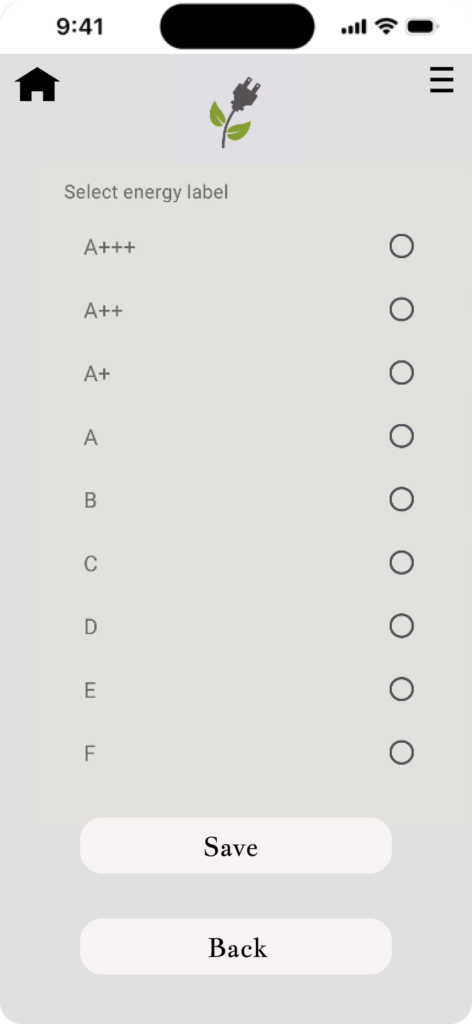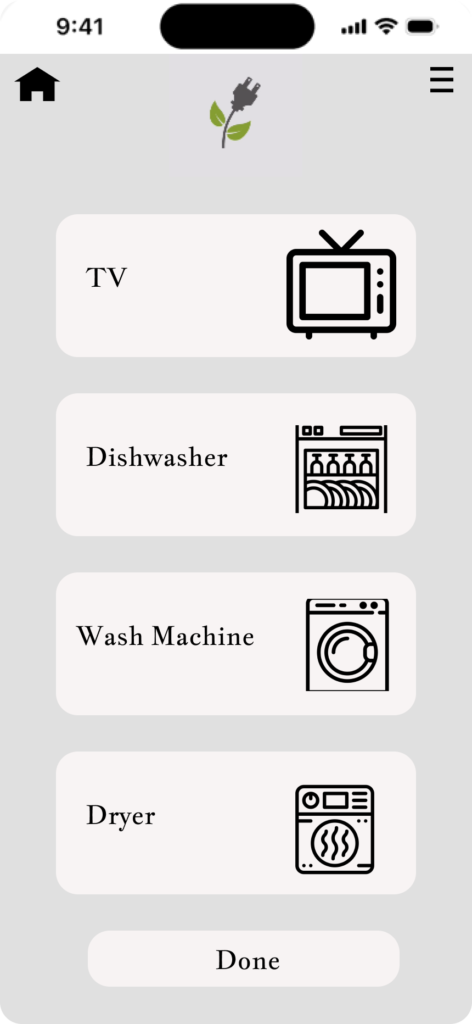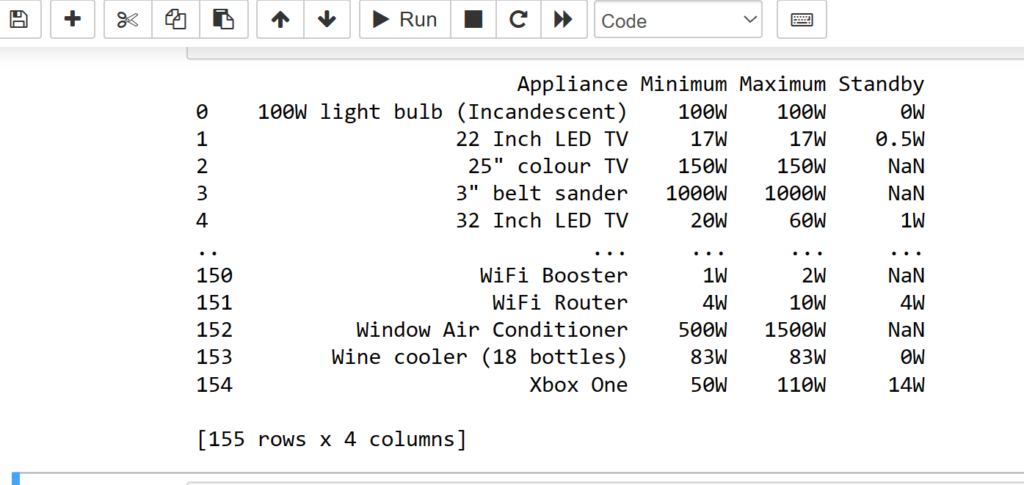PREMISE
How can a Recommender System contribute to the reduction of household electricity consumption?
SYNOPSIS
In the midst of a regional energy crisis, exacerbated by the enduring COVID-19 pandemic and Russia’s manipulation of the European Union’s energy markets, the EU is actively exploring strategies to combat the issue. These strategies involve the implementation of digital meters and price adjustments for crucial resources, particularly electricity. This comprehensive approach aims to promote energy conservation and bolster the competitiveness of sustainable energy sources like solar power, as traditional fossil fuels become increasingly expensive.
This study focuses on addressing rising household electricity consumption, which leads to higher monthly expenses. To tackle this challenge, the study has developed a customized system for households recently relocated to the Netherlands. This system provides valuable insights, empowering households to make informed decisions about their energy usage. It incorporates a recommender system to inform users about their electrical device usage frequency, ultimately minimizing additional costs.
Literature Review
My research journey began with an extensive literature review, aiming to understand the application of recommender systems in reducing electricity consumption in Dutch households. This phase not only expanded my knowledge but also laid the groundwork for my exploration of energy conservation.
As I delved into the European Union’s resolute efforts to conserve electricity, in alignment with environmental and energy objectives, I uncovered a diverse tapestry of policies and projects. A notable milestone was the 2006 Energy Efficiency Action Plan, ambitiously targeting a 20% enhancement in energy efficiency by 2020.
To comprehend the practical aspects of electricity conservation, I examined the Netherlands’ commendable progress in adopting renewable energy sources. In 2019, an impressive 26.2% of the country’s electricity consumption was sourced from renewables, accompanied by visionary plans for a fully renewable-powered electricity grid by 2050. I also explored various household-level techniques for electricity conservation, encompassing energy-efficient appliances, lighting, and simple practices such as turning off lights and home insulation. Notably, the utilization of digital/smart meters emerged as a primary focus.
My research unveiled the profound impact of smart meters on energy conservation. These remote data-transmitting devices offer real-time feedback, enhancing energy management and peak demand optimization. They raise awareness about the environmental impact of energy consumption. This journey introduced the intriguing concept of feedback systems, emphasizing the significance of presenting smart meter data meaningfully. The transformation of recommender systems into proactive, data-driven guidance tools empowers users in making eco-conscious and cost-efficient energy choices, bridging the gap between passive suggestions and active conservation.
Scope of research
One standout method for reducing electricity usage is using digital or smart meters. These gadgets are easy for households to get and allow find out when they’re using the most energy. However, they often need to figure out how to manage their usage on their own.
In my investigation, I had a thought: “what if we combined these meters with a helpful system?”. This system could predict how much electricity people will use in the future based on their current habits. Then, it would give advice on how often they should use their appliances, considering the energy labels of those devices. It’s all about using technology to not only inform users but also guide them in making eco-friendly and money-saving choices.
I have chosen to focus on a technology known as a recommender system. I picked this technology because it is great at using what people have done in the past to predict what they might do in the future. It also provides personalized suggestions for how they can use their devices. This technology has the potential to help users make better energy-saving choices.
To reach our goal, we followed these steps:
- Identifying and selecting suitable participants.
- Gathering their opinions on digital meter usability and their requirements.
- Determining the data collection methods.
- Introducing them to similar apps and commencing prototype design.
User Selection
This step’s focus was on families who have recently made the Netherlands their home, within the last five years. Their journey has been filled with challenges, especially when it comes to dealing with local energy providers and understanding electricity usage. With the invaluable assistance of a friend residing near Leiden, I pinpointed 20 participants who met to users.
To zero in on my target group, I set specific criteria. These criteria included:
- Households that had moved to the Netherlands within the past 5 years.
- Households with a history of paying additional fees for their electricity bills.
- Households capable of communicating in English or Farsi (E/F).
After setting these criteria, I ended up with seven eligible households, and you can find their basic information in the tables below:
| Num Of Participant | Years of Residency | Num of family members | Language | Extra cost (Euro) | Employment Status |
| Participant 1 | 5 | 3 | F/E | 250 | Employed full time |
| Participant 2 | 3 | 5 | E | 100 | Employed full time |
| Participant 3 | 2 | 2 | F/E | 155 | Employed part time |
| Participant 4 | 1 | 4 | E | 235 | Unemployed |
| Participant 5 | 4 | 3 | E | 165 | Employed full time |
| Participant 6 | 5 | 2 | E | 125 | Employed full time |
| Participant 7 | 3 | 4 | F/E | 225 | Employed part time |
FIRST ITERATION
In this interview, I asked participants that if they were aware of their ability to regulate their electricity consumption through their digital meters. Additionally, if they were aware, they were questioned about the frequency with which they employed digital meters for managing their usage. Here is the selection of their replies:
Participant 4:
“I did not know about that.”
Participant 1:
“Yes, I knew that and I checked that every time that I had extra cost in my bills.”
Participant 6:
“Yes, I knew about it since I got my first extra cost bill, and I tried to keep my eyes on my smart meter, but still, sometimes I have got extra cost for my bills.”
During the interviews, I discovered that most participants do not know much about their digital meters. Even those who knew, they still don’t know how to use them to save energy
SECOND ITERATION
In the second question of Interview, I asked participants whether they thought having a smartphone app to assist them in using their smart meters regularly and monitoring their digital meters more closely would be helpful. Here are some of their responses:
Participant 2:
“I tried to keep track of my energy usage, but it’s not something that I could say I eagerly did often.”
Participant 3:
“Yes, I think that it would be helpful, and honestly, I am tired of paying extra money for my bills. If such an app were introduced to me, I would use it.”
Participant 5:
“I am already using my smart meter app to manage my energy patterns and avoid any extra costs, although sometimes it gets out of my hands, especially during summer breaks when my children are at home.”
In this study section, I address the primary user issues and insights from research that influenced my prototype design. A key finding was user frustration due to their belief that smart and digital meters could reduce electricity costs, yet they lacked the know-how. Participant 5 encapsulated this by stating, “I tried to monitor my energy use and avoid using high-energy devices during peak times, but I still ended up with extra costs.” The interviews also revealed various challenges users encountered, such as:
- They need a tool to facilitate monitoring and tracking of energy usage.
- The desire for practical suggestions on how to reduce consumption.
- The requirement for an application that provides reminders to stay vigilant about usage patterns.
Third Iteration
This round of iteration aimed to clarify to users how these systems function and gather feedback on their preferences. It also included presenting a few example applications to determine which design resonated best with them. To achieve this, I provided participants with a selection of somewhat similar apps that enabled them to monitor their energy usage and patterns. These apps included EnergyFlip and BeeClear Energy Manager.


During this phase, I discovered that participants favored simpler app interfaces with direct access to desired features like “viewing usage history,” “device management,” and “energy-saving tips.” They showed interest in controlling devices such as TV, dishwasher, washing machine, and dryer. The heater was excluded since it ran on gas. Subsequently, I developed a basic prototype and conducted user testing.




My primary focus was to integrate user feedback received after their interaction with the basic prototype. Users suggested automating device input for convenience, leading to the integration of a dataset covering various electrical devices and their usage patterns (size, energy label, screen type). Users also recommended adding images for device descriptions, resulting in a revised prototype and a new dataset.





Forth Iteration
This Iteration was about how to collect data from users. I asked participants to share their daily usage patterns. To make it simple and easy, I used WhatsApp as the platform. Every day at 8:00 PM, a reminder message was sent out, nudging them to share their daily usage.
I also needed users to provide the energy label of their devices, which was crucial for the analysis and the recommender system.

Conclusion
Throughout the development of this prototype aimed at aiding newly arrived Dutch households in electricity management and cost reduction, I embarked on a journey filled with promise and discovery. Participant feedback illuminated their needs and the prototype’s strengths.
Participants generally responded positively, revealing a significant awareness gap regarding the potential of smart/digital meters in curbing electricity use. Even those with some knowledge expressed concerns about the lack of consumption guidance. It’s evident that this technology empowers users to control energy usage and stay informed about bills.
The next crucial step involves refining machine learning methods for accurate predictions, enhancing the prototype’s reliability. Addressing human error requires IoT device integration for automated usage tracking.
As our journey continues, we’re excited to innovate and further enhance our prototype’s effectiveness in helping households manage energy efficiently.
REFERENCES
Agnieszka, W. I. D. U. T. O. (2022). Energy saving and demand reduction.
Tackling the European energy crisis – Intereconomics. (n.d.). https://www.intereconomics.eu/pdf-download/year/2023/number/1/article/tackling-the-european-energy-crisis.html
Kardaš, S. (2023). KEEPING THE LIGHTS ON: THE EU’S ENERGY RELATIONSHIPS SINCE RUSSIA’S INVASION OF UKRAINE. European Council on Foreign Relations. https://ecfr.eu/wp-content/uploads/2023/05/Keeping-the-lights-on-The-EUs-energy-relationships-since-Russias-invasion-of-Ukraine.pdf
Kadar, P., & Varga, A. (2012). The role of the Smart meters in the energy management systems. IFAC Proceedings Volumes, 45(21), 121–125. https://doi.org/10.3182/20120902-4-fr-2032.00023
Åström, K., & Murray, R. M. (2008). Feedback Systems: An Introduction for scientists and Engineers. ResearchGate. https://www.researchgate.net/publication/36721090_Feedback_Systems_An_Introduction_for_Scientists_and_Engineers
Gielen, D., Gorini, R., Wagner, N., Leme, R., Gutierrez, L., Prakash, G., … & Renner, M. (2019). Global energy transformation: a roadmap to 2050.
Brearley, J. (n.d.). Invitation for applications to participate in the DECC/Ofgem Smart Grids Forum. Ofgem.
Himeur, Y., Alsalemi, A., Al-Kababji, A., Bensaali, F., Amira, A., Sardianos, C., … & Varlamis, I. (2021). A survey of recommender systems for energy efficiency in buildings: Principles, challenges, and prospects. Information Fusion, 72, 1-21.
Ahmad, Z. (2021, December 31). Recommender systems: explicit feedback, implicit feedback, and hybrid feedback. Medium. https://medium.com/analytics-vidhya/recommender-systems-explicit-feedback-implicit-feedback-and-hybrid-feedback-ddd1b2cdb3b
